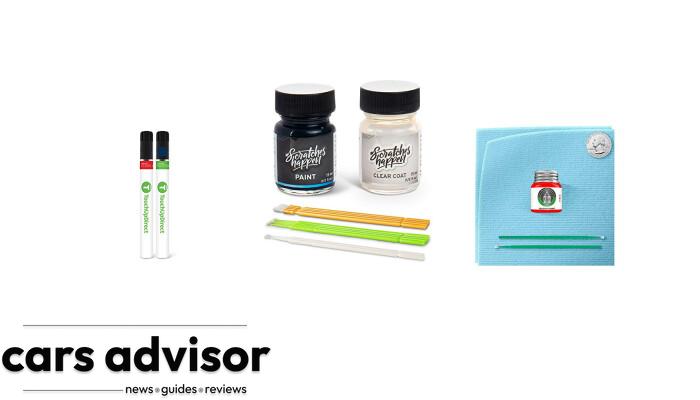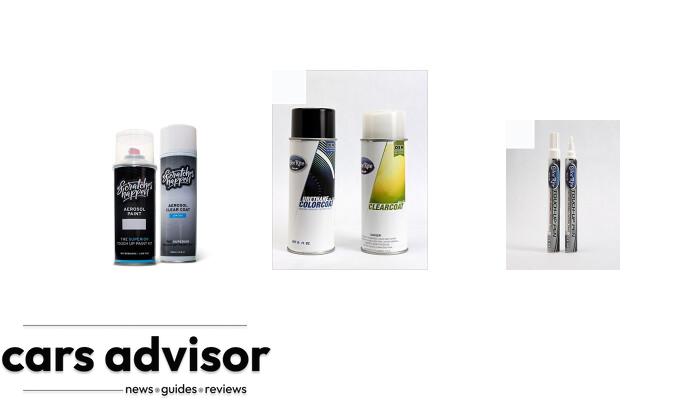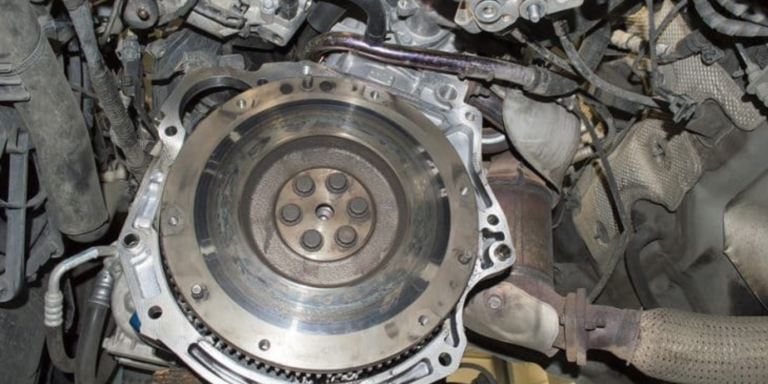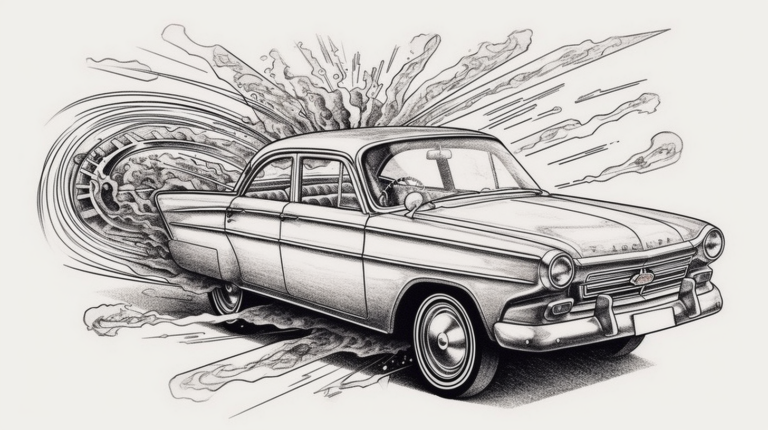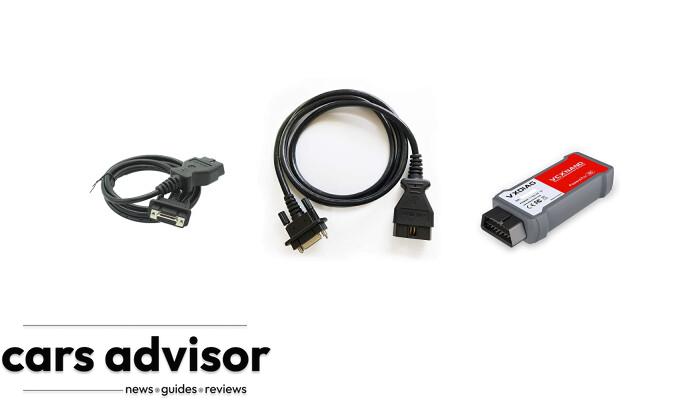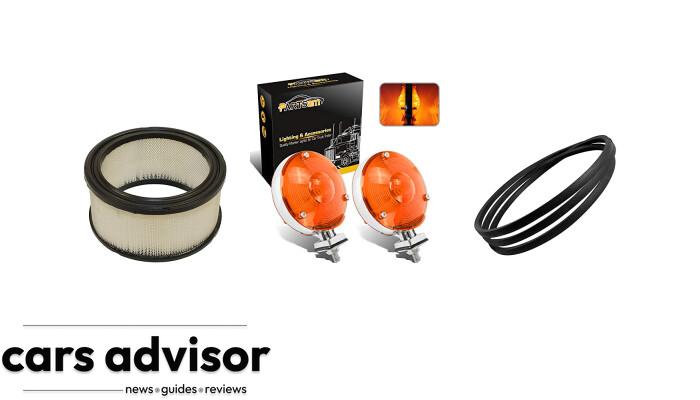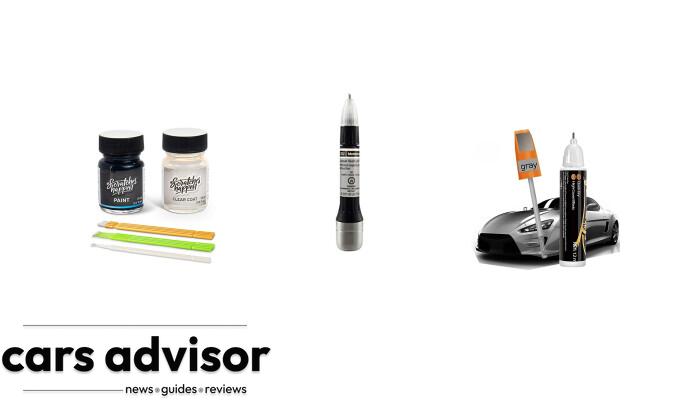The health of your car’s CV joint and transmission is crucial for smooth driving and optimal performance. But did you know that a bad CV joint can actually impact your vehicle’s transmission in several ways?
In this blog post, we’ll dive into the connection between the two vital components, explore how they can affect one another, and learn what signs to watch out for. To ensure your car stays in top shape and prevent potential damage, keep reading!
TLDR
1. A bad CV joint can sometimes affect the transmission of a car.
2. If a CV joint is damaged, it can cause the transmission to slip.
3. A damaged CV joint can negatively impact the transmission by hampering the car’s motion.
4. Excessive vibrations caused by a bad CV joint can lead to serious issues with a car’s transmission and axle seals.
5. A bad CV axle can cause significant problems to a car’s transmission, especially in manual transmissions.
6. Replacing a CV axle can damage the transmission if the axle breaks during installation.
7. If a CV axle breaks while driving, it can cause significant damage to the car’s transmission.
8. Inner CV joint failure can also lead to transmission problems.
9. A bad CV joint can affect the gas mileage of a car.
10. Steering can also be affected by a bad CV joint.
Understanding CV Joints And Transmissions
CV joints and transmissions are two crucial components of a vehicle’s powertrain system that work together to transfer power from the engine to the wheels, with CV joints providing flexibility and range of motion for smooth driving.
Components And Functions
When discussing the components and functions of a vehicle’s drivetrain, two essential parts are the CV (constant-velocity) joint and transmission. The CV joint is responsible for transferring power from the engine to the wheels, allowing them to move at a constant speed despite varying road conditions. These joints are found on both front-wheel drive and all-wheel-drive vehicles in different configurations, connecting the driveshaft to each wheel’s axle shaft.
On the other hand, transmissions govern how your engine delivers power to your wheels by switching between gears based on driving circumstances. There are various types of transmissions such as manual, automatic, or continuously variable transmission (CVT). Regardless of its type or configuration, it regulates torque conversion according to load requirements for better fuel efficiency and overall performance.
Together these components work harmoniously within a car’s drivetrain system – with the CV joint ensuring smooth power transfer while maintaining constant velocity regardless of turns or bumps on the road, supported by an efficient transmission that optimizes gear ratios based on vehicle operation demands. This synergy not only contributes towards improved handling but also translates into safer and more comfortable rides without compromising energy efficiency or gas mileage.
Relationship Between CV Joints And Transmissions
CV joints and transmissions are two crucial components of a car’s drivetrain system. The CV joint is responsible for transferring power from the transmission to the wheels, while the transmission is responsible for shifting gears and ensuring that power is delivered efficiently. The driveshaft connects these two systems.
A bad CV joint can affect the transmission in several ways, primarily by causing transmission slipping, damaging axle seals, and affecting power delivery. When a CV joint is damaged or worn out, it may not be able to transfer torque as efficiently to the wheels, leading to slipping gears in the transmission. This can cause hard shifts or even total failure of the gearbox over time. Additionally, excessive vibrations caused by a bad CV joint can lead to serious issues with a car’s transmission and axle seals.
Overall, it’s essential to maintain both components properly through regular maintenance and timely replacements to prevent issues down the line that could negatively impact vehicle performance and gas mileage.
How A Bad CV Joint Can Affect The Transmission
A bad CV joint can have a significant impact on a car’s transmission, causing slipping and damage to axle seals, resulting in poor power delivery; read further to understand the effects of a bad CV joint.
Causes Transmission Slipping
One of the ways that a bad CV joint can affect a car’s transmission is by causing it to slip. This occurs when one or both CV joints fail, which can happen due to wear and tear over time, lack of lubrication, or damage from debris on the road. When this happens, power delivery to the wheels becomes inconsistent, leading to difficulty accelerating and maintaining speed.
In addition to affecting acceleration and speed, transmission slipping caused by a bad CV joint can also result in hard shifting between gears. This is especially true for manual transmissions, where drivers need precise control over gear shifts. If left unchecked, transmission slipping caused by a bad CV joint can cause serious damage not only to the transmission but also other components such as differential and axle seals. Therefore regular maintenance checks are important in preventing severe issues arising from these problems.
Damages Axle Seals
A bad CV joint can cause damage to the axle seals. The constant vibration caused by a faulty CV joint can lead to seal leakage, allowing contaminants to enter the transmission system. This contamination can cause severe internal damage, leading to expensive repairs or even replacing the entire transmission.
Replacing worn-out axle seals because of a damaged CV joint is vital for your vehicle’s longevity and performance. If left unattended, it can also cause hard shifting and loss of power. Regular maintenance and inspections help identify any wear in these components before they become more significant problems.
In conclusion, protecting your vehicle from damaged CV joints ensures better performance on the road while preventing costly repair bills later down the line. Keeping an eye out for signs of a failing CV joint such as vibrations, popping sounds or difficulty turning could prevent any further damage occurring in other crucial car parts like the axle seals that make up part of its suspension system which are necessary for safe driving eventually affecting gas mileage if ignored over time.
Affects Power Delivery
A bad CV joint can significantly affect the power delivery of a vehicle, especially during acceleration. When a CV joint fails or becomes damaged, it creates an uneven and inconsistent transfer of power from the transmission to the wheels. This can cause jerking or hesitation when pressing on the gas pedal and may even result in complete loss of power.
In addition to affecting acceleration, a damaged CV joint can also impact overall performance by causing sluggishness and reducing engine output. The vibrations caused by a failing CV joint put strain on other components of the drivetrain system such as suspension, steering systems, and wheel bearings. This leads to increased wear and tear which ultimately results in costly repairs if not addressed promptly.
To avoid experiencing issues with power delivery due to a bad CV joint, regular maintenance checks are crucial. It’s important to replace worn-out parts before they cause permanent damage not only to your car’s transmission but its overall performance as well. So keep an eye out for signs of failure such as vibrations, clicking sounds while turning at low speeds, and difficulty turning – these are all indications that it might be time for a replacement job!
Signs Of A Bad CV Joint
Some common signs of a bad CV joint include vibrations and shaking, clicking or popping sounds, and difficulty turning. If you experience any of these issues, it’s important to get your vehicle inspected as soon as possible to prevent further damage. To learn more about the relationship between a bad CV joint and your transmission, keep reading.
Vibrations And Shaking
One of the signs of a bad CV joint is excessive vibrations and shaking in the car, particularly when driving at high speeds. These vibrations can be felt in the steering wheel or throughout the entire vehicle. This not only affects comfort but also poses a safety concern as it can make it difficult to control the car.
If left unaddressed, these vibrations caused by a bad CV joint can lead to serious issues with the transmission and axle seals. The constant jarring motion puts additional strain on these components, leading to damage over time. Additionally, if the issue is not resolved promptly, it can cause other parts of your car’s suspension system such as tire wear and brake pads wearing too quickly.
It’s important to get your car inspected regularly for any potential problems with your CV joints or transmission. Addressing these issues early on will help prevent further damages down the line that could lead to costly repairs or even put you at risk while driving on highways or busy roads.
Clicking Or Popping Sounds
A bad CV joint can often produce clicking or popping sounds, which can indicate that the joint is damaged or worn. These sounds are usually heard when turning the wheel and accelerating. The clicking sound may also occur when driving straight, especially at low speeds. If left unchecked, it can cause more serious damage to the transmission and other components of the vehicle. It’s essential to identify the source of the sound early on and take necessary steps to repair or replace the bad CV joint to prevent further harm. Neglecting this issue can lead to a complete failure of the CV joint, which can ultimately affect transmission performance negatively.
Difficulty Turning
One of the signs that your car has a bad CV joint is difficulty turning. This happens because the CV joint is responsible for transmitting power from the transmission to the wheels, and when it’s damaged, it can no longer do this effectively. As a result, your steering wheel might feel stiff or unresponsive when you try to turn.
In addition to making turning more difficult, a bad CV joint can also cause other steering problems like pulling or wandering. You might notice that your car doesn’t track straight anymore or seems to drift off course as you drive down the road. These issues should not be ignored and should be addressed by a professional mechanic before they become dangerous.
To prevent these problems from arising in the first place, remember to get regular maintenance check-ups on your vehicle and have any issues fixed promptly. Driving carefully and avoiding rough terrain can also help preserve your car’s suspension system and keep its axles in good condition for longer periods of time.
Preventing CV Joint And Transmission Issues
Regular maintenance and inspections, timely replacements, and proper driving habits can help prevent CV joint and transmission issues. Keep reading to learn more about how a bad CV joint can affect your car’s transmission.
Regular Maintenance And Inspections
Regular maintenance and inspections are crucial in preventing CV joint and transmission issues. Here are some tips to ensure your vehicle is well-maintained:
- Check the CV joint boots for cracks or damage regularly.
- Keep the CV joint lubricated according to the manufacturer’s recommendations.
- Inspect the transmission fluid regularly and replace it as needed.
- Make sure there are no leaks in the axle seals or transmission.
- Have a professional mechanic inspect your suspension, steering system, wheel bearings, and brakes regularly to ensure they are all functioning properly and not putting extra stress on your CV joints.
- Get your wheels realigned if necessary to prevent excessive wear on your tires and CV joints.
- If you notice any signs of a bad CV joint or transmission issue, have it inspected and repaired immediately to prevent further damage.
By following these maintenance tips, you can prolong the life of your CV joints and avoid costly repairs down the road.
Timely Replacements
It is crucial to replace a bad CV joint as soon as possible. Regular maintenance and inspections are key to preventing issues with both the transmission and the driveshaft. A worn-out or damaged CV joint can cause vibrations, jerking motions, and loss of power while driving. If left unaddressed, it can lead to internal failure of the center differential, causing hard shifting and damaging other components such as wheel hubs, suspension systems, steering systems, and even tires.
Replacing a CV axle is not an easy task that requires skillful mechanics because replacing one side affects the alignment of the entire vehicle wheels. Nonetheless, delaying replacements could lead to significant damage in much more expensive components such as gearboxes or transfer cases; considering that changing axles due to wear are cheaper than fixing transmissions or differentials due to lack of maintenance. Therefore it’s necessary always to adhere strictly to recommended replacement timelines for all parts susceptible to wear down quickly like universal joints or exhaust manifolds.
Proper Driving Habits
In addition to regular maintenance and timely replacements, proper driving habits can also prevent CV joint and transmission issues. One of the most important things you can do is avoid hitting potholes or curbs as much as possible. These impacts can damage your CV joints, leading to costly repairs down the line.
Additionally, it’s crucial to avoid excessive acceleration or sudden stops while driving. This puts unnecessary strain on your car’s drivetrain system which includes both the CV joints and transmission. By gently accelerating and gradually coming to a stop, you’ll help extend the life of these components.
Lastly, make sure to handle turns carefully and avoid taking them at high speeds if possible. Sharp turns put extra pressure on your car’s suspension and steering systems which are closely related to its drivetrain system including the CV joint and transmission. Being mindful of how you drive can go a long way in protecting some critical parts of your vehicle from damage that could lead to serious problems later on!
Conclusion
In conclusion, a bad CV joint doesn’t just affect the performance of your car’s wheels or suspension but can also have a serious impact on its transmission. From causing transmission slipping and power loss to damaging axle seals and affecting gas mileage, it’s important to keep your CV joints in good condition through regular maintenance and timely replacements.
By doing so, you’ll not only extend the lifespan of your vehicle but also ensure smooth driving experiences without any jerking or vibrations. Remember to take care of your car’s internal systems like driveshafts, differentials, steering systems and suspensions for overall better performance. Don’t neglect any signs of damage or wear-and-tear and get them repaired quickly by certified professionals!







